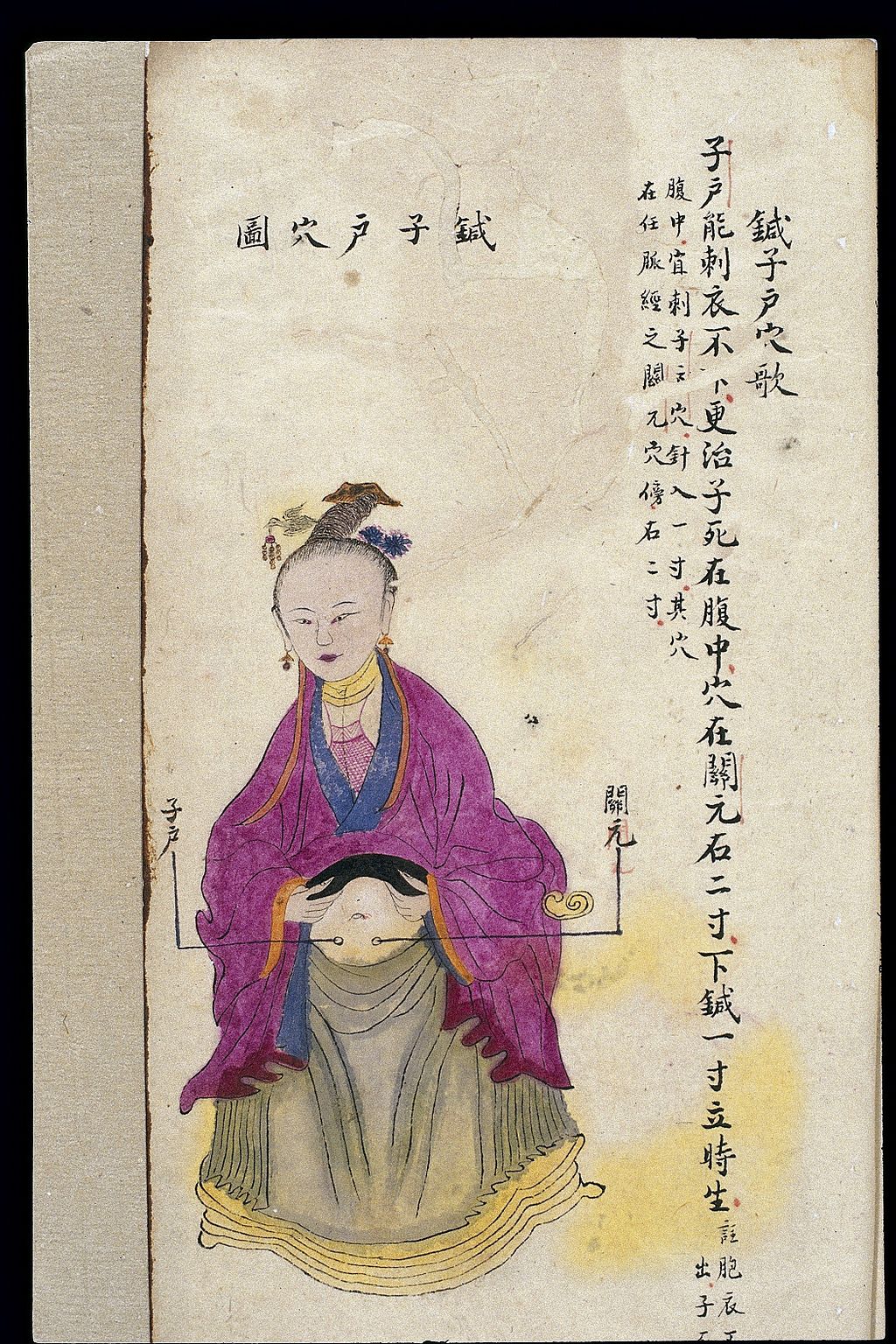Without the River Nile, the civilisation that we call Ancient Egypt never would have existed. The floodplain of the Nile–the narrow strip of fertile land–constitutes less than five percent of the country by area and yet it once supported almost all of its population.
95 percent of Egypt soil is barren desert. The climate across most parts of the country is extremely dry as Egypt has never received sufficient rainfall to support agriculture. It was the Nile that brought water and fertility to the fields of Egypt, turning a barren desert to a picture of abundance.

That, however, was not its only gift. The river connected every settlement in Egypt. Moreover, the river flowed from south to north; against the prevailing wind which blew from north to south. This meant that travel both up and down was practical and convenient. The river was not just the source of Egypt’s agricultural wealth, it was also a waterway that enabled the movement of both people and cargo.
The Egyptians were aware of the unique environment in which they were placed and where they flourished. The harmonies and contrasts of the River Nile shaped their worldview and their society. The sharp contrast between the fertility of the floodplain and the desert only served to further emphasise the precariousness of existence and the delicate balance that existed between feast and famine.
The after-effects of the annual inundation gave the Nile Valley an agricultural productivity that was the envy of the region. It was due to the inundation that Egypt was not only able to feed itself, but also develop a sophisticated civilisation. The River Nile not only brought life and prosperity to Egypt, it determined the country’s fate–year after year.
The Ancient Egyptians were preoccupied with measuring the height of the annual inundation. They did so by means of Nilometers that they built at key locations in the Valley–notably at the island of Elephantine, the island of Roda as well as the outskirts of Cairo.
The annual measurements of the inundation were studied by both the pharaonic government as well as priests for they gave an unfailingly accurate prediction of the following year’s harvest. The great river was so important that every man, woman and child of Egypt were viewed as gifts given to them by the river.
For most of pharaonic history, the major pyramids and temples were located downstream of the quarries that supplied them so that the transport of heavy building stone could rely entirely on the current of the Nile.
Travellers of the Nile faced danger from wildlife. The art and literature of Ancient Egypt is replete with references to the crocodile and the hippopotamus: two species which presented daily hazards to communities along the river. Despite the presence of geological and meteorological hazards, it was the River that co-created the ancient civilisation that is Egypt.





Leave a comment